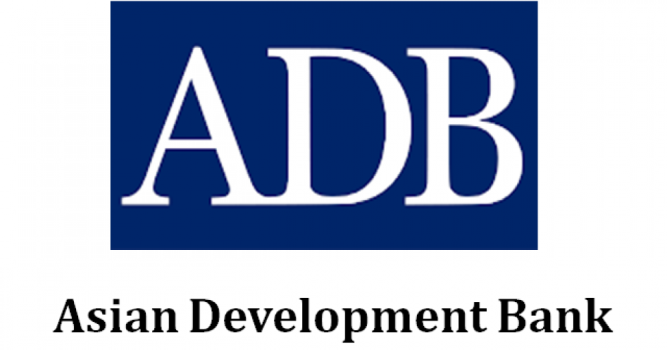ADB projects economic growth at 1.5%

By A Staff Reporter
Kathmandu, Sept. 16: Nepal’s economy is anticipated to grow by 1.5 per cent in fiscal year 2020/21 from the preliminary estimate of 2.3 per cent, according to the latest Asian Development Outlook (ADO) 2020 Update, a publication of the Asian Development Bank (ADB).
Decline in exports, remittances, and tourist income, and the stringent measures to contain the effects of the coronavirus (COVID-19) pandemic, even as the lockdowns have gradually eased, would contribute to further slump in the economy, it said.
After strong growth in the recent years, Nepal is going to have a poor economic growth for the second year in a row due to the COVID-19 pandemic.
“Expected sharp economic downturn in neighboring India, Nepal’s predominant trade partner, will also dent Nepal’s growth prospects,” said ADB Country Director for Nepal Mukhtor Khamudkhanov. “Growth may decline further if the containment period prolongs with periodic lockdowns in major hotspots and consequent restrictions in economic activities through this fiscal year.”
According to the Nepal Macroeconomic Update, which was also released today, agriculture growth may rise as paddy yield is expected to increase on the back of normal monsoon. Nonetheless, delay in timely procurement of fertilizers may dampen potential
agriculture growth.
Industrial output will diminish reflecting a contraction in manufacturing and slowdown in construction. Service growth will be significantly lower with sluggish trade and international tourism remains largely closed for the time being despite the reopening of regular international flights on 1 September.
The Update says inflation is projected to moderate to an average of 5.5 per cent in FY2021, down from 6.2 per cent in FY2020, assuming a good harvest, modest oil prices, and subdued non-food prices on weak domestic demand.
The current account deficit is expected to widen from -0.9 per cent of gross domestic product in FY2020 to -1.9 per cent a year later as import growth marginally picks up and remittance inflows decline owing to a slowdown in global demand from this crisis.
Downside risks to the outlook centre on longer-than-anticipated stringent containment measures that may be necessary to contain the COVID-19 spread.
A delayed economic recovery in advanced economies in 2021 may further dent prospects for employment of Nepali migrant workers, undermining remittance inflows and Nepal’s external position.
With the uncertain return of businesses to pre-COVID-19 normalcy anytime soon, non-performing loans in the banking system may pose some risks to financial stability under a prolonged containment period.
Recent News

Do not make expressions casting dout on election: EC
14 Apr, 2022
CM Bhatta says may New Year 2079 BS inspire positive thinking
14 Apr, 2022
Three new cases, 44 recoveries in 24 hours
14 Apr, 2022
689 climbers of 84 teams so far acquire permits for climbing various peaks this spring season
14 Apr, 2022
How the rising cost of living crisis is impacting Nepal
14 Apr, 2022
US military confirms an interstellar meteor collided with Earth
14 Apr, 2022
Valneva Covid vaccine approved for use in UK
14 Apr, 2022
Chair Prachanda highlights need of unity among Maoist, Communist forces
14 Apr, 2022
Ranbir Kapoor and Alia Bhatt: Bollywood toasts star couple on wedding
14 Apr, 2022
President Bhandari confers decorations (Photo Feature)
14 Apr, 2022











